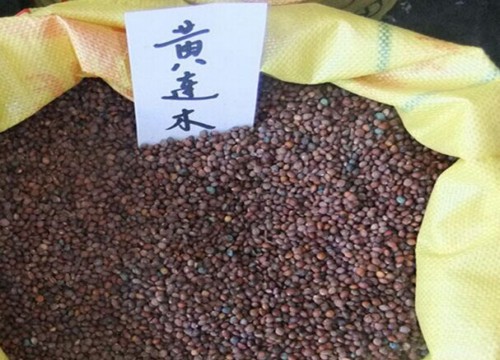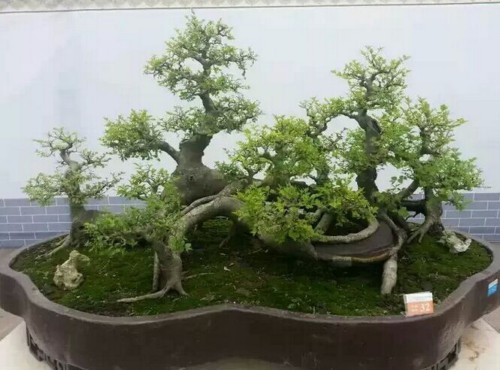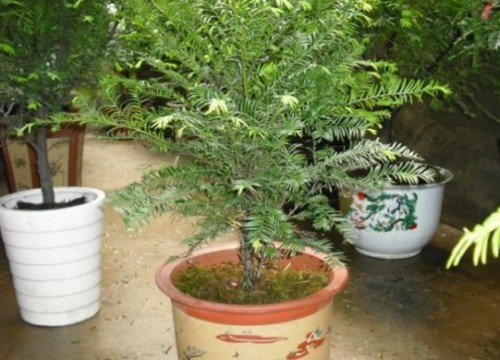Some guidance on bonsai production of Coptis chinensis
Before and after the Spring Equinox raised the bonsai of Coptis chinensis, the sturdy seedlings that had grown on the seedbed for 2 years were dug out, and attention should be paid to the protection of lateral roots and fibrous roots. In order to ensure that the growth height of bonsai seedlings does not exceed 80cm, all branches above 50~60cm of newly dug seedlings should be cut off.

Then load 1xue 2 basin soil, the middle of the basin soil is high and low around, stretch the seedling root system, the root stem is upright, after filling the soil, gently lift the seedling by hand to shake the basin and press the soil, the basin soil should be lower than the basin edge 3~5cm, in order to sufficient irrigation.
The soil in the new basin is very loose, so you can press it gently with your hands, and then slowly water it to prevent the topsoil from being washed into a big pit. After the first watering seeps down, it needs to be watered again until the water flows out from the bottom of the hole. We should pay attention to prevent the irrigation of half a section of water, wet and dry, affecting survival and growth. After pouring water, you should first put it in a cool place to slow down the seedlings. After another year of cultivation, it can not be modeled until the new branches and leaves are luxuriant.
Time: 2019-06-12 Click:
- Prev

The layout method of jungle bonsai
The layout of jungle bonsai is very important and is the key to the success or failure of jungle bonsai production. By observing, deliberating and adjusting the position of several trees treated by soil removal in the basin, there are primary and secondary, sparse and dense, high and low.
- Next

Modeling skills of Coptis chinensis bonsai
Pistacia chinensis wood is hard and fine-grained, which can be used for construction, agricultural tools, furniture and carving. The crown is tall and perfect, the leaf shape is slender and soft, the leaves are bright red after autumn, and the fruit is blue and red alternately. It can also be used as an ornamental and greening tree species in the city. Its tender leaves can be used to make tea, and its bark and stem can be used as medicine.
Related
- Fuxing push coffee new agricultural production and marketing class: lack of small-scale processing plants
- Jujube rice field leisure farm deep ploughing Yilan for five years to create a space for organic food and play
- Nongyu Farm-A trial of organic papaya for brave women with advanced technology
- Four points for attention in the prevention and control of diseases and insect pests of edible fungi
- How to add nutrient solution to Edible Fungi
- Is there any good way to control edible fungus mites?
- Open Inoculation Technology of Edible Fungi
- Is there any clever way to use fertilizer for edible fungus in winter?
- What agents are used to kill the pathogens of edible fungi in the mushroom shed?
- Rapid drying of Edible Fungi

